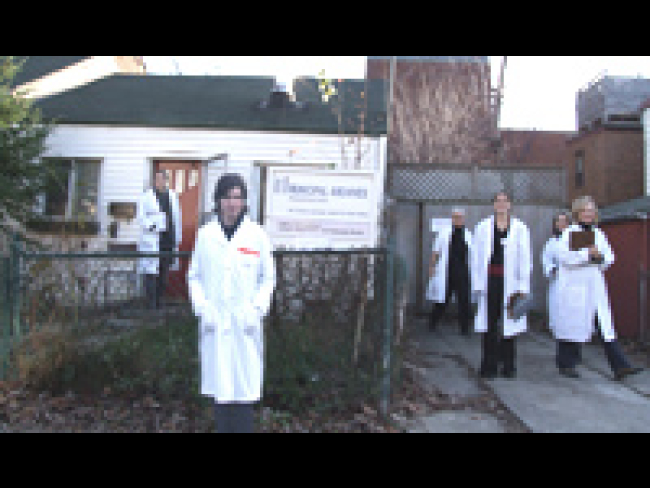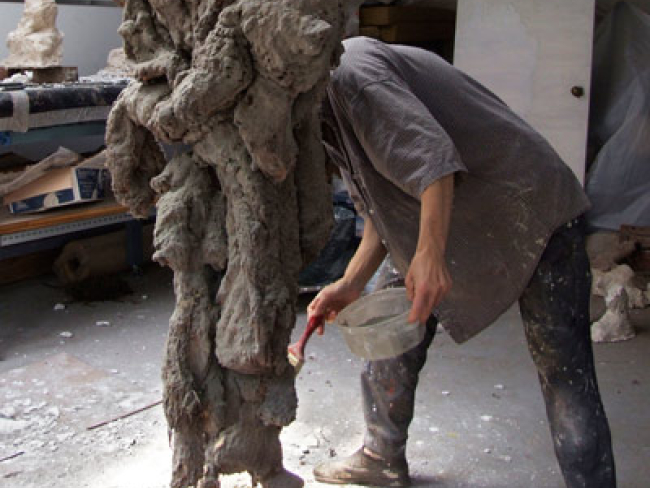Artist's Statement
It happens everywhere, again and again: someone drops out of a web of social contacts for years, sometimes decades before he/she dies, becoming increasingly isolated, estranged, unrecognized, uncared for.
When finally through death or disease that person's living space is revisited by society, the most private obsessions, fears, passions and needs are exposed.
It has now happened to me, that this has lead to an exploration of artistic work that I could never have anticipated "to come out of my hands"
I am a conceptual artist, working in sculpture and installation. My work revolves around fictitious narratives. I draft figures like a writer does, inventing their biographies, setting their lives into an urban, inconspicuous environment, equipping them with visually productive life-habits that lead into intensely sculptured interiors. These installations blur the distinction between fiction and reality. Numerous off-site projects have been realized in cooperation with art institutions, typically involving entire apartments that are rented for a limited time and artistically transformed.
The Legacy of Joseph Wagenbach continues and develops this installation practice, as documented for example with ou topos (1989), ou topos (1990), Pro Polis (1993), Mneme (1996), Monopati (2000), Paulina, (2000), Therese (2004/2005). The Legacy of Joseph Wagenbach is my first large-scale installation in North America. For the first time, I am defining the fictitious persona himself to be an artist. I am reaching into the world of Art Brut with this reclusive persona who never produced for an audience, thus thematizing our current fascination with art that escapes the conventional context of the art scene.
In parallel - as the project is ultimately revealed as an art installation -it initiates a discussion of questions of authorship and ownership, of public perceptionand curated intention, such as "What defines a contemporary oeuvre?" "What doesit mean to be a product of your times?" "What personal history remains in a bodyof work?" "What products of work are considered as art and for what reasons?" and"In what sense could it be said Joseph Wagenbach exists, or does not exist".
As well, it is a psychological experiment for me to slip into another gender, timeand condition for the production of the body of work. Having my hands working asproxies for a fictitious other raises questions about the necessity to change one'sidentity to work in a traditional manner while remaining in a contemporary artcontext. The project expands the boundaries of visual art with its dimensions ofart history, literature, archeology and theatre.
Like in former legacy installations, The Legacy of Joseph Wagenbach is detailedenough to draw the visitor into it's story, and open enough to be used as aframework that allows the visitors to project their own stories onto the theme.
Iris Haeussler, Toronto, 2006


